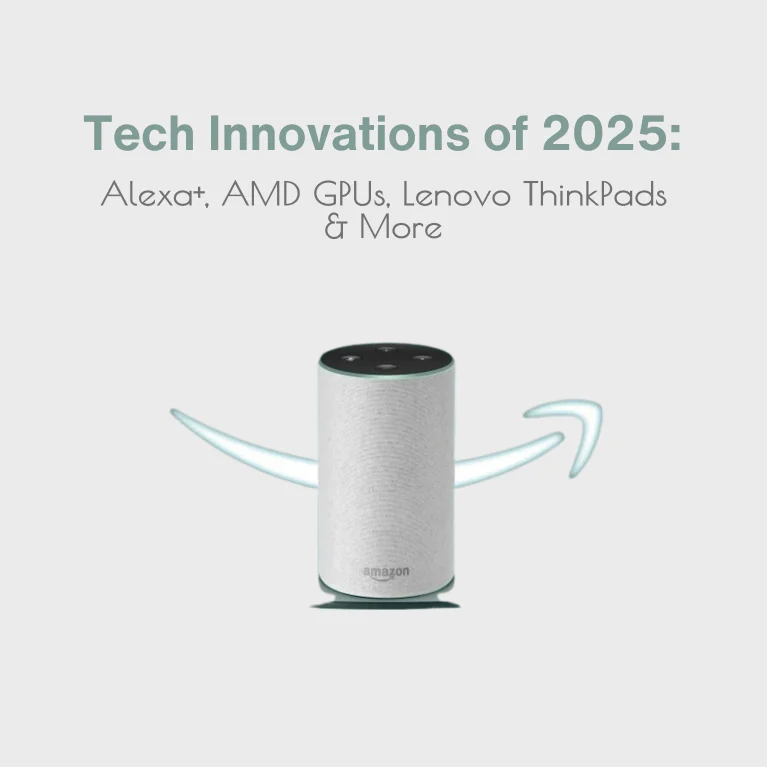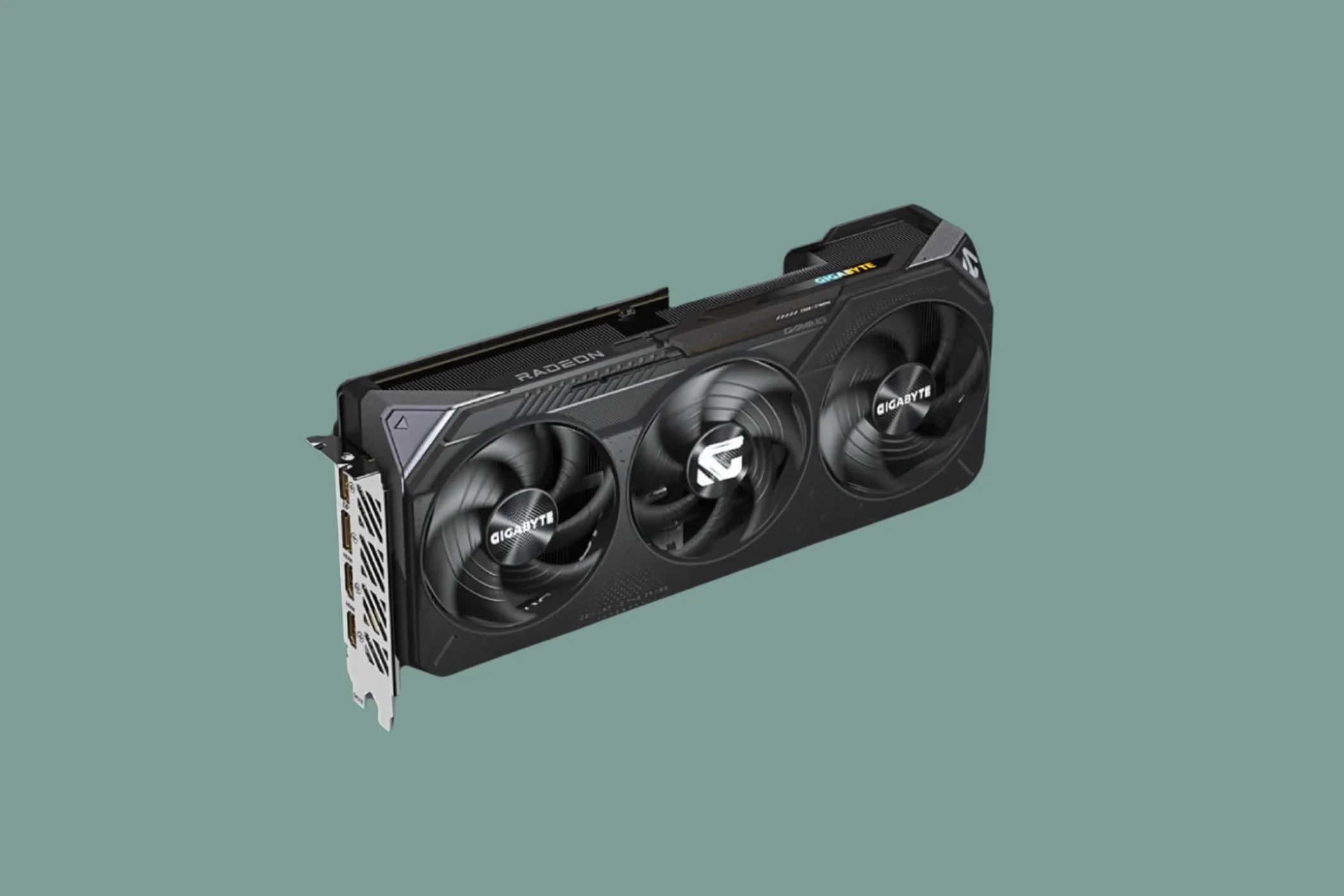In-App Purchases vs Ads: Which Strategy is Best?
You’ve created your app, and people are starting to download,...
We use cookies for our website to give you the most relevant experience by remembering your preferences. By clicking “accept”, you consent to use of ALL the cookies
This website uses cookies to improve your experience while you navigate through the website. Out of these, the cookies that are categorized as necessary are stored on your browser as they are essential for the working of basic functionalities of the website. We also use third-party cookies that help us analyze and understand how you use this website. These cookies will be stored in your browser only with your consent. You also have the option to opt-out of these cookies. But opting out of some of these cookies may affect your browsing experience.
Necessary cookies are absolutely essential for the website to function properly. These cookies ensure basic functionalities and security features of the website, anonymously.
| Cookie | Duration | Description |
|---|---|---|
| cookielawinfo-checkbox-functional | 11 months | This cookie is set by GDPR Cookie Consent plugin. The cookie is used to store the user consent for the cookies in the category “Analytics”. |
| cookielawinfo-checkbox-functional | 11 months | The cookie is set by GDPR cookie consent to record the user consent for the cookies in the category “Functional”. |
| cookielawinfo-checkbox-necessary | 11 months | This cookie is set by GDPR Cookie Consent plugin. The cookies is used to store the user consent for the cookies in the category “Necessary”. |
| cookielawinfo-checkbox-others | 11 months | This cookie is set by GDPR Cookie Consent plugin. The cookie is used to store the user consent for the cookies in the category “Other. |
| cookielawinfo-checkbox-performance | 11 months | This cookie is set by GDPR Cookie Consent plugin. The cookie is used to store the user consent for the cookies in the category “Performance”. |
| viewed_cookie_policy | 11 months | The cookie is set by the GDPR Cookie Consent plugin and is used to store whether or not user has consented to the use of cookies. It does not store any personal data. |
Functional cookies help to perform certain functionalities like sharing the content of the website on social media platforms, collect feedbacks, and other third-party features.
Performance cookies are used to understand and analyze the key performance indexes of the website which helps in delivering a better user experience for the visitors.
Analytical cookies are used to understand how visitors interact with the website. These cookies help provide information on metrics the number of visitors, bounce rate, traffic source, etc.
Advertisement cookies are used to provide visitors with relevant ads and marketing campaigns. These cookies track visitors across websites and collect information to provide customized ads.
Other uncategorized cookies are those that are being analyzed and have not been classified into a category as yet.
Cyberia Tech, Inc. respects your privacy. This Privacy Policy explains how we collect, use, and share your information. By using our services, you agree to this policy. If any other agreements conflict with this Privacy Policy, the terms of those agreements prevail.
Cyberia Tech complies with the EU-US and Swiss-US Privacy Shield Frameworks for handling personal data from the EEA, UK, and Switzerland. In case of any conflict, the Privacy Shield Principles prevail. Learn more at Privacy Shield. Key Definitions
Information linked to an individual, transferred from the EEA, UK, or Switzerland to the U.S.
Data revealing race, religion, health, sexual orientation, and similar categories.
Effective Date: [ 2025 / 12 / 07 ]
Welcome to The Cyberia Tech ! By accessing or using our website or services, you agree to
comply with and be bound by these Terms of Use and our Privacy Policy. If you do not agree with
these terms, please do not use our Services.
Loading
0 %

In a world where technology is constantly evolving, 2025 is shaping up to be a game-changing year. From the Revolutionary release of Alexa+, Amazon’s next-gen virtual assistant, to AMD’s fierce competition with NVIDIA’s latest GPUs, the tech industry is buzzing with innovation. Samsung’s new Android XR headset, Project Moohan, promises to redefine immersive experiences, while Lenovo is making waves with AI-powered ThinkPads. Meanwhile, Alphabet’s X is using Alexa plus-powered technology to revolutionize global internet connectivity through the Taara project. And in a nostalgic twist, Skype—once the king of communication—is preparing to shut down in May, marking the end of an era. With all these exciting advancements, the future of how we connect, work, and live is rapidly changing. Let’s take a closer look at the Remarkable developments making headlines.

AMD’s RX 9070 series GPUs, including the 9070 XT ($600) and 9070 ($550), are set to launch on March 6th, just a day after NVIDIA’s RTX 5070 release. The pricing gap between the two AMD models is small, which could lead to potential internal competition, similar to the overlap seen with the 7900 XT and XTX.
These GPUs are positioned to compete with NVIDIA’s 40-series, with the RX 9070 aimed at the RTX 5070, while the 9070 XT targets the RTX 5070 Ti. The RX 9070 features 56 compute units (CUs), and the 9070 XT boosts to 64 CUs, with both models using AMD’s RDNA 4 architecture, offering a significant improvement in ray tracing performance. The 9070 XT also has a higher clock speed (2.97 GHz) compared to the standard 9070 (2.52 GHz).
Both cards will support 16GB of GDDR6 memory and feature significant improvements in ray tracing, promising up to 34% better performance over the previous generation. AMD claims a 26% performance increase over the RTX 3080 for the RX 9070, with notable gains in both raster and ray tracing at 1440p and 4K.
While pricing is a major factor, AMD’s opportunity to gain market share from NVIDIA is strong, especially as NVIDIA faces trust issues.
At Mobile World Congress 2025, Lenovo unveiled several new business laptops, including exciting updates to its ThinkPad lineup. The standout is the ThinkPad T14s 2-in-1, featuring a convertible design akin to Lenovo’s Yoga laptops, with a 14-inch touch display, up to Intel Core Ultra 7 processors, 64GB of RAM, and 1TB of storage. Those seeking a non-convertible model can opt for the updated ThinkPad T14s Gen 6 or T14 Gen 6, offering Intel or AMD Ryzen AI Pro chips, up to 32GB of RAM, and up to 2TB of storage.
The lightweight ThinkPad X13 Gen 6 is another highlight, weighing just 2.05 lbs while packing Intel or AMD chips, up to 64GB of RAM, and optional 5G connectivity. Additionally, Lenovo refreshed the ThinkPad E14 Gen 7 and E16 Gen 3 with Intel Core Ultra 7 or AMD Ryzen chips, up to 64GB of RAM, while the T16 Gen 4 offers up to 32GB of RAM.
Prices for the new models range from $849 to $1,719, with availability starting in May and June 2025. Lenovo is also releasing the Yoga Pro 9i Aura edition, offering advanced AI features and an OLED display, starting at $1,799.
Do not forget to consider your target audience. Consider their interests, preferences, and needs; thus, you can have a more comprehensive view about what you want to do. Moreover, you can always ask people, make a questionnaire, or interview your friends and family members about your unique thought.

Skype, the once-popular video-calling service, is set to shut down in May, as announced by its owner, Microsoft. Launched in 2003, Skype revolutionized communication by allowing free voice and video calls over the internet, which made it a global favorite. Microsoft acquired Skype in 2011 for $8.5 billion, integrating it into various products like Xbox and Windows. Despite its initial success, Skype’s popularity has waned in recent years, especially with the rise of competitors like WhatsApp and Facebook Messenger.
In 2017, Skype underwent a redesign, which was met with user dissatisfaction, and by 2021, Microsoft began emphasizing its collaboration tool, Teams, over Skype. The integration of Teams into Windows 11 further signaled the end for Skype, with Microsoft shifting focus to enhance Teams’ functionality.
Microsoft’s recent announcement confirms that Skype users can migrate to Teams, where they can access similar features, like calls and messaging, along with additional tools for meetings and file sharing. Skype users can transfer their data, including contacts and chat history, but those paying for premium services can continue to use Skype until their next renewal.
Skype’s closure marks the end of an era in communication technology, leaving users to reflect on its impact on global connectivity.
Samsung is set to unveil its highly anticipated Android XR headset, Project Moohan, at MWC 2025 (March 3-6). The headset, developed in collaboration with Google, integrates multimodal AI with advanced XR technology, promising a more personalized and immersive experience. This marks a major leap toward AI-powered extended reality, aimed at enhancing everyday life.
First introduced in December 2024 alongside the Android XR announcement, Project Moohan has since been in the hands of developers, who have been preparing apps for its 2025 release. Powered by Qualcomm’s Snapdragon XR2+ Gen 2 chip and an external battery, the device supports larger battery packs via USB-C for extended use. Samsung’s hands-on previews have highlighted the lightweight design and polished hardware.
Although a full public announcement was initially expected later in 2025, MWC will likely reveal key details such as the final name, pricing, specs, and shipping dates. Alongside Project Moohan, Samsung will showcase other products, including the Galaxy A56 5G, A36 5G, A26 5G, and an exclusive look at the Galaxy S25 Edge. The unveiling of Project Moohan at MWC will provide the first glimpse of Samsung’s future in AI-driven XR technology.

At Amazon’s Devices and Services event, the company unveiled a significant upgrade to Alexa, introducing Alexa+, an AI-powered virtual assistant designed to offer a more personalized and dynamic experience. Powered by large language models (LLMs), Alexa+ now offers multimodal interactions, processing both voice and visual information through Echo Show cameras. For example, Alexa can describe events or book services by searching the web.
The update also introduces conversational chain commands, where Alexa can handle multiple tasks in one conversation, such as making reservations or managing calendars. The Echo Show’s home screen has also been revamped, offering widgets that display personalized content based on your proximity to the device.
Other features include advanced music control, deeper integration with Ring cameras for video searches, and the ability to process complex documents like PDFs and handwritten notes. Alexa+ is also geared toward kids with features like Explore and Stories, generating AI-created stories and artwork.
Alexa Plus will cost $19.99 per month, or be free for Amazon Prime members, and will be available on most Echo devices, except older models. The service will roll out over the coming months.
2025 is shaping up to be a year of exciting innovation across multiple industries, from the launch of Alexa+ to groundbreaking advances in tech from AMD, Lenovo, Alphabet’s Taara, and Samsung. Whether it’s AMD’s RX 9070 series taking on NVIDIA’s 40-series, Lenovo’s impressive ThinkPad updates, or Taara’s laser-based internet technology, these innovations are pushing the boundaries of what’s possible.
However, one of the most significant developments in the tech world this year comes from Amazon’s Alexa+. This new AI-powered assistant is revolutionizing smart home technology with its ability to understand and act on both voice and visual inputs, streamline tasks, and integrate seamlessly with various devices. Alexa Plus promises a dynamic and more personalized experience, from organizing your day to even generating fun stories for kids.
With all these advancements, it’s clear that the world of tech is moving at a rapid pace. As we witness these major strides, it’s crucial to stay informed and engaged with the latest trends shaping our digital future. Keep an eye on these innovations—they’re not just changing products, but also the way we live, work, and interact with the world around us.
You Can Get More Information!
